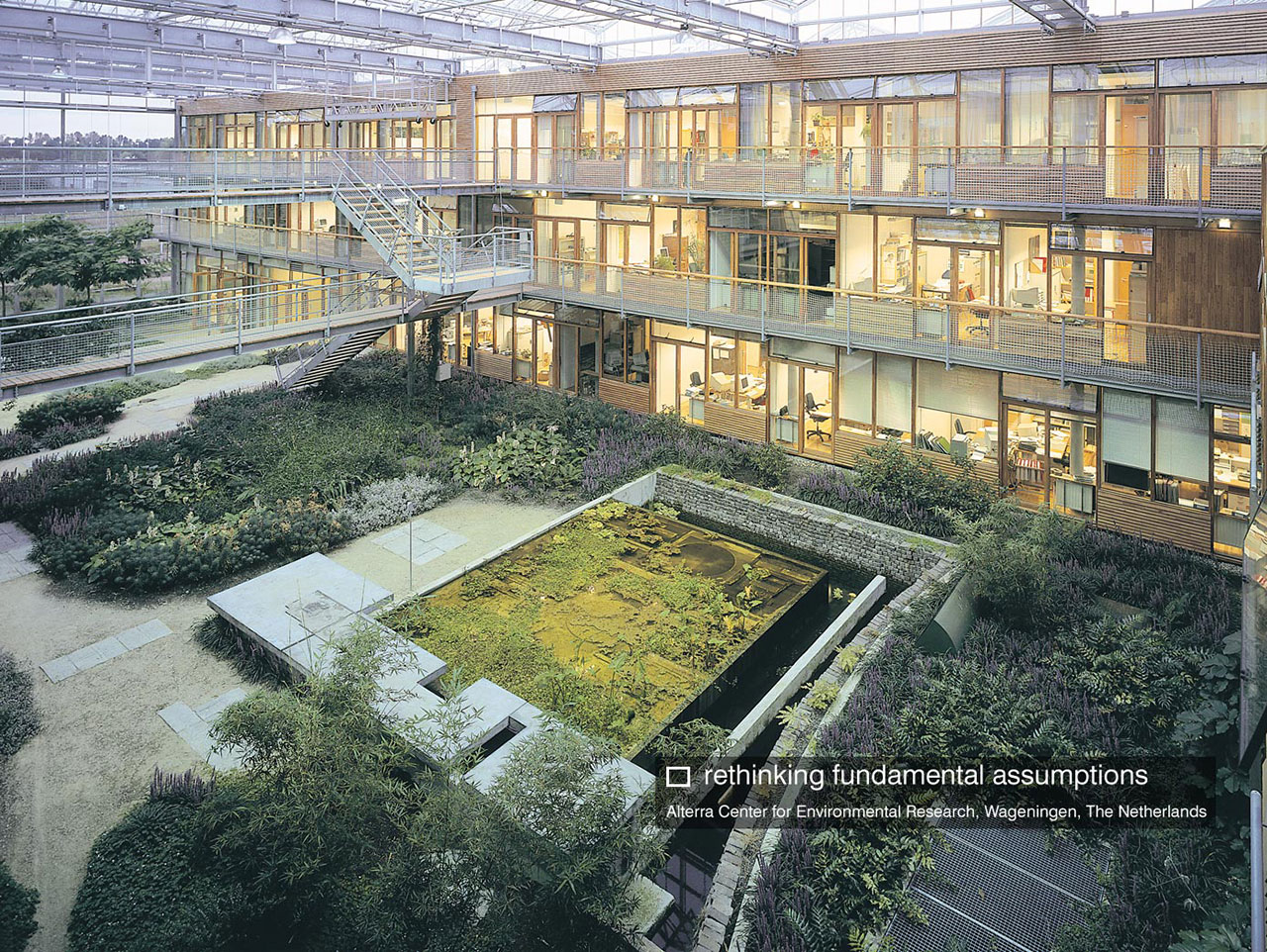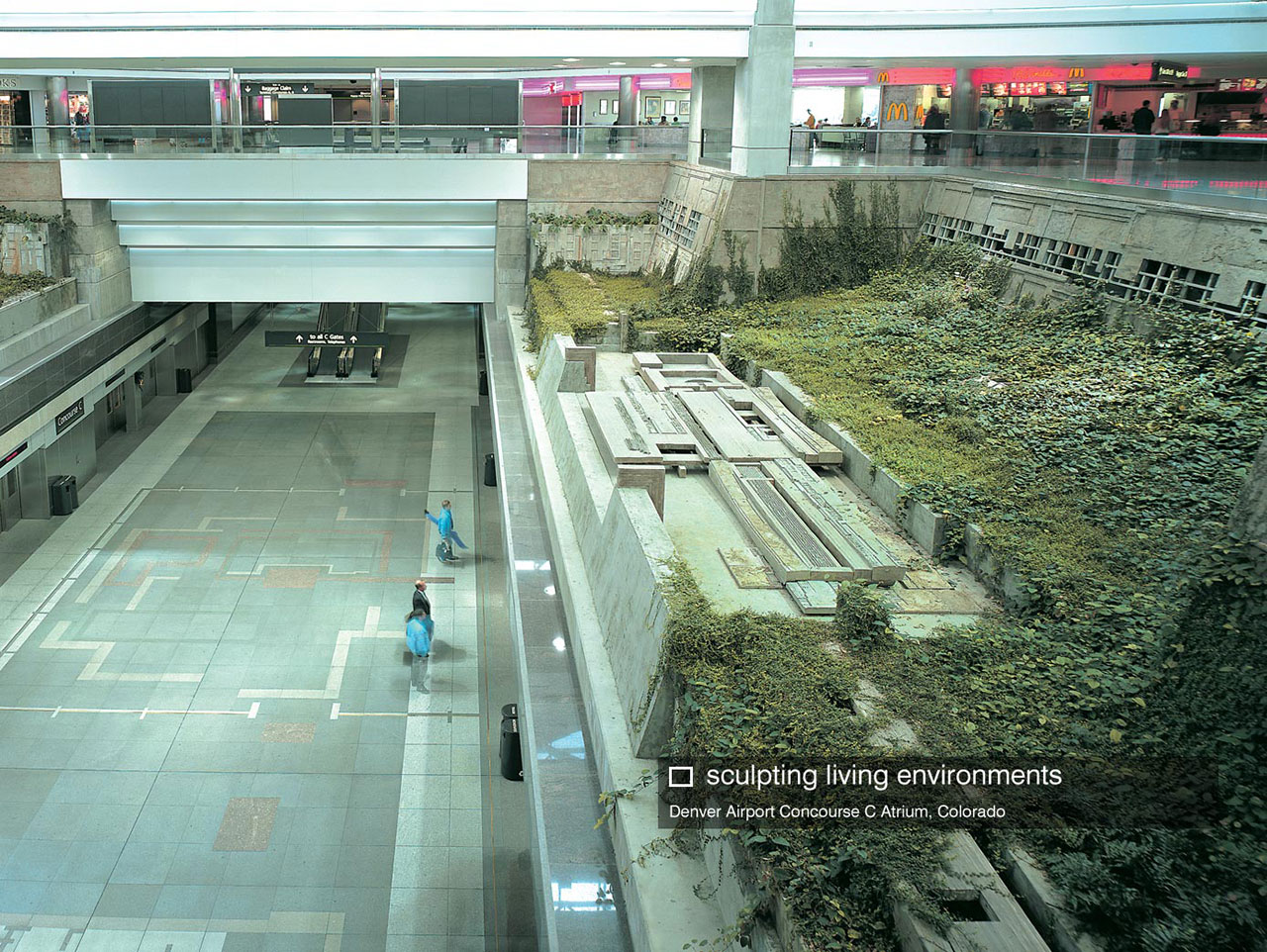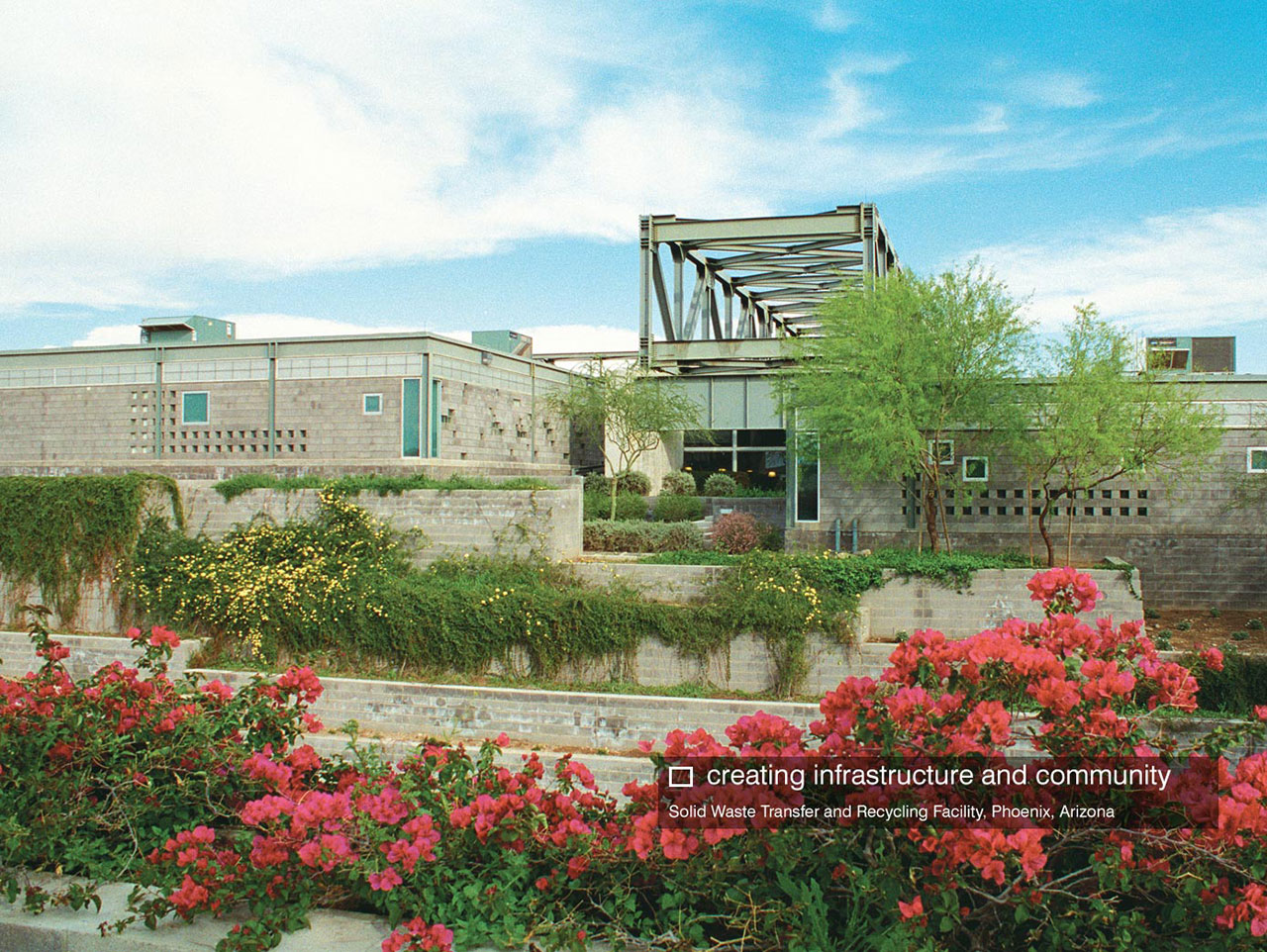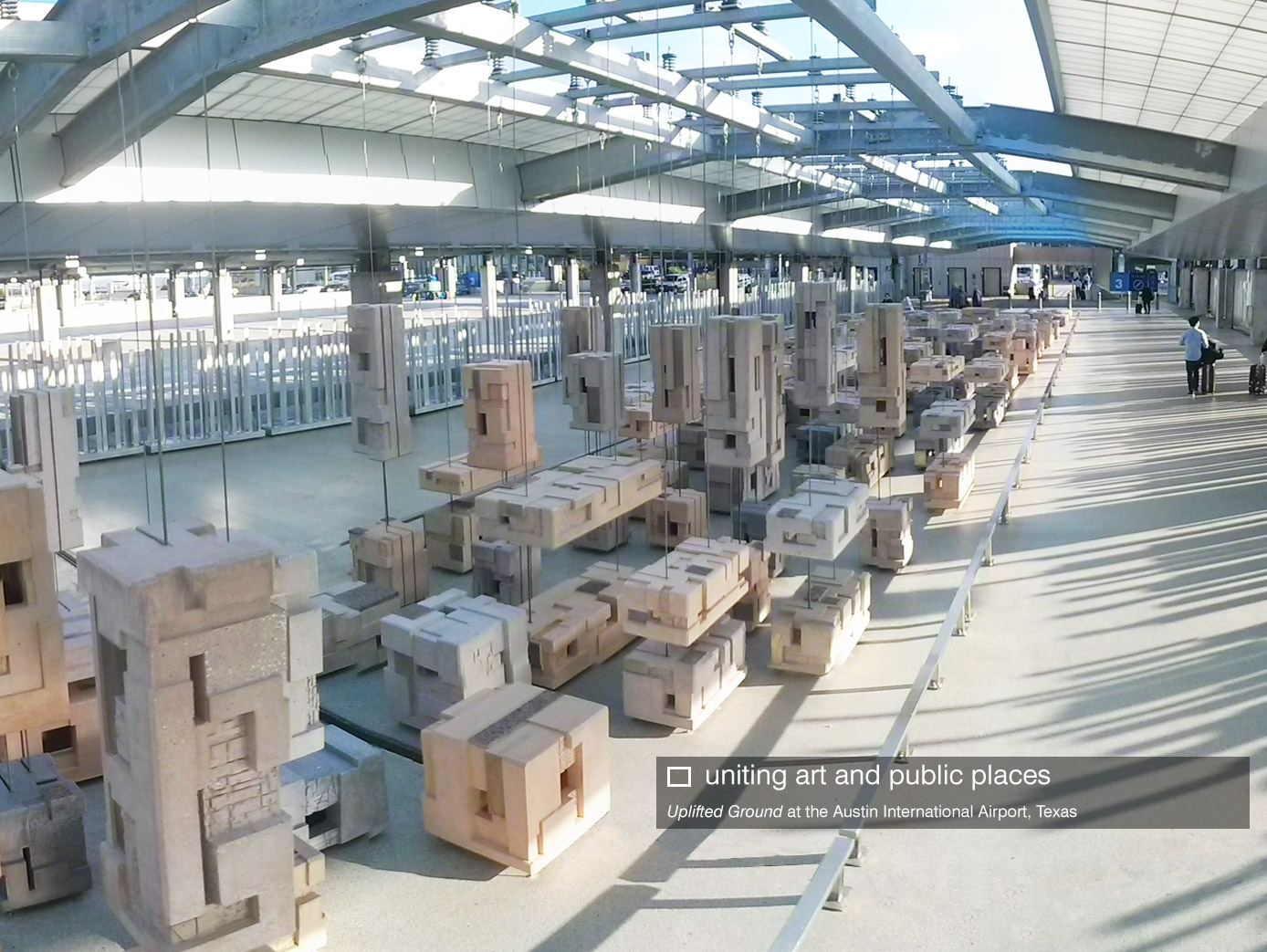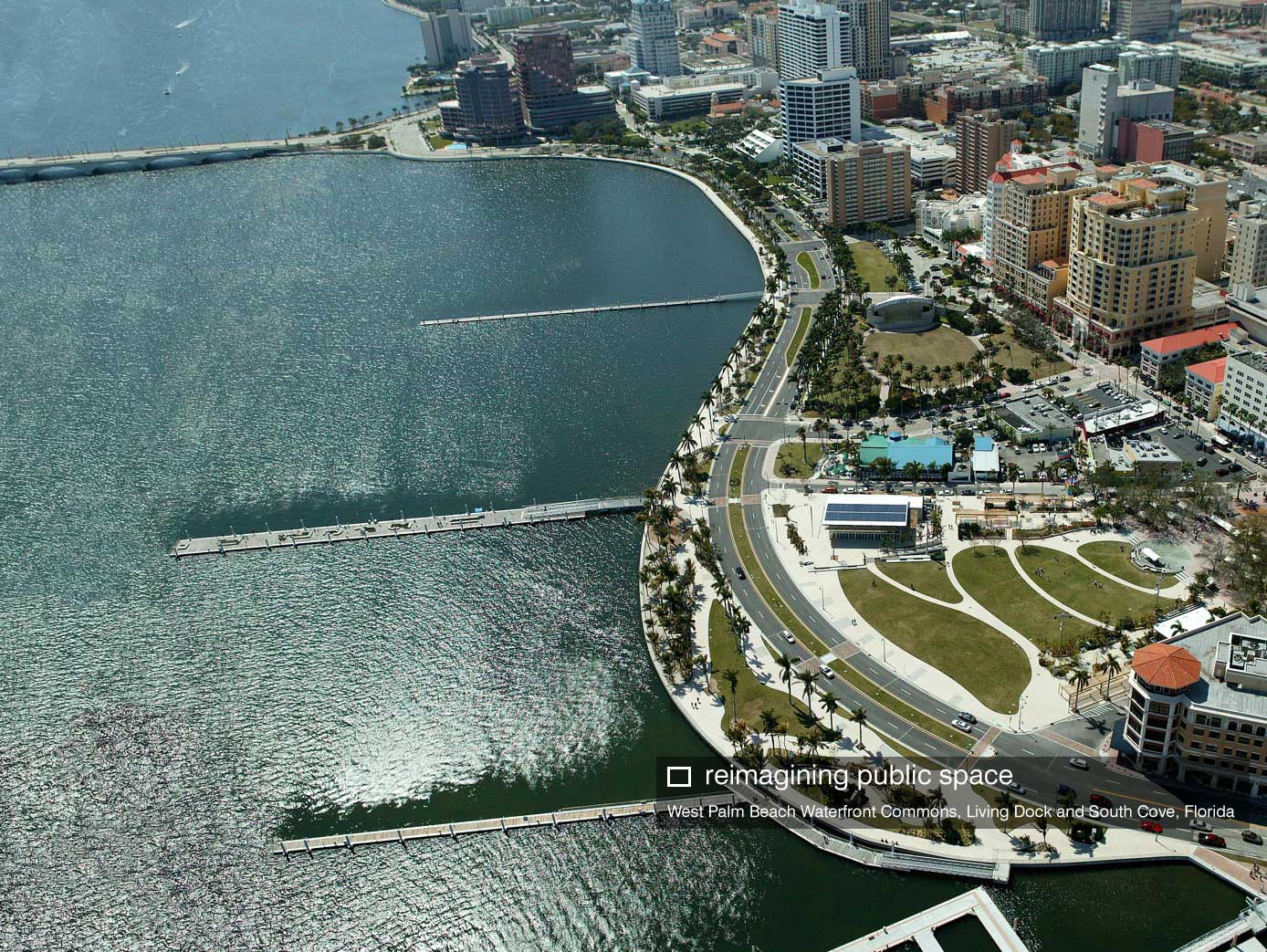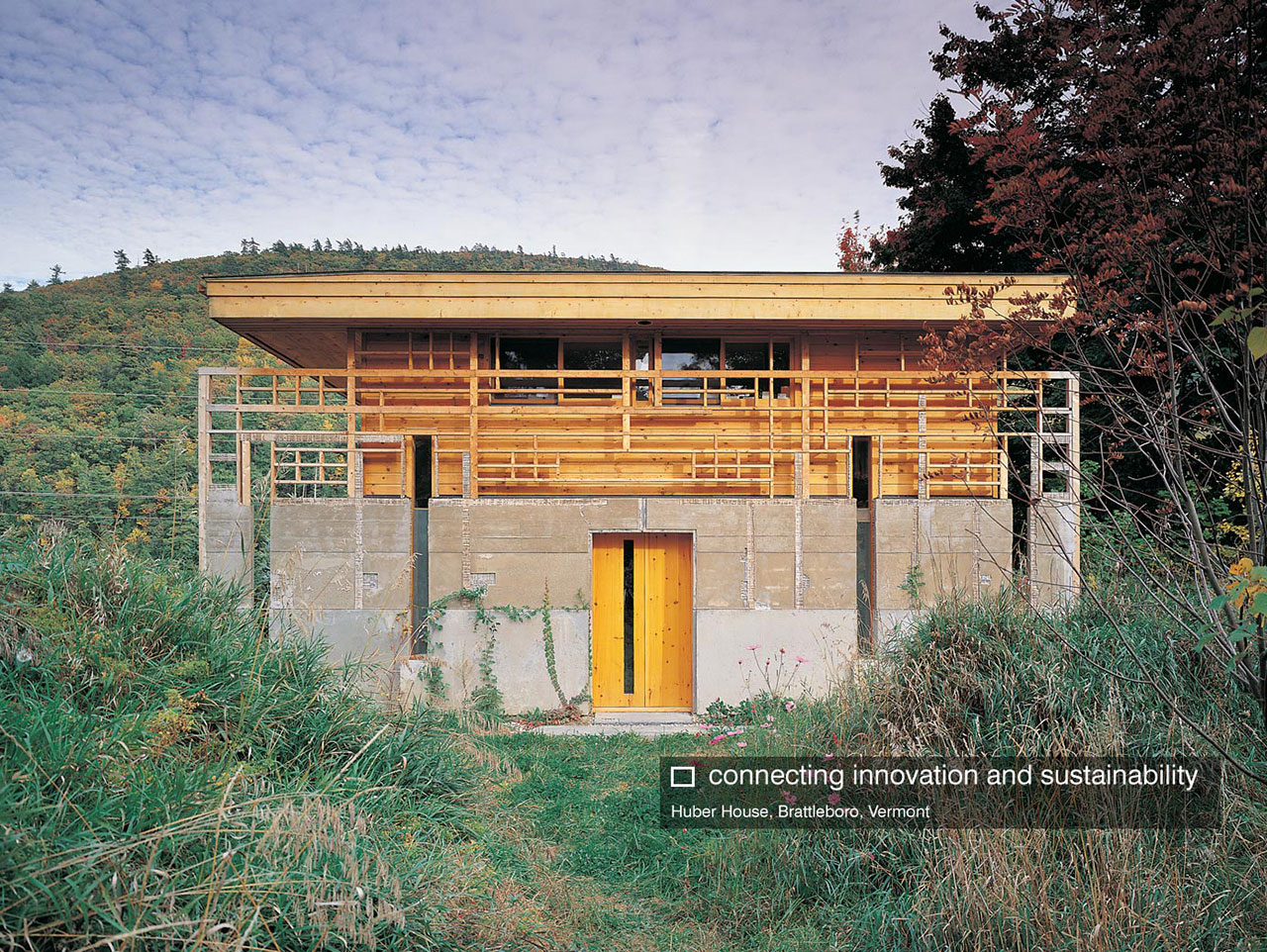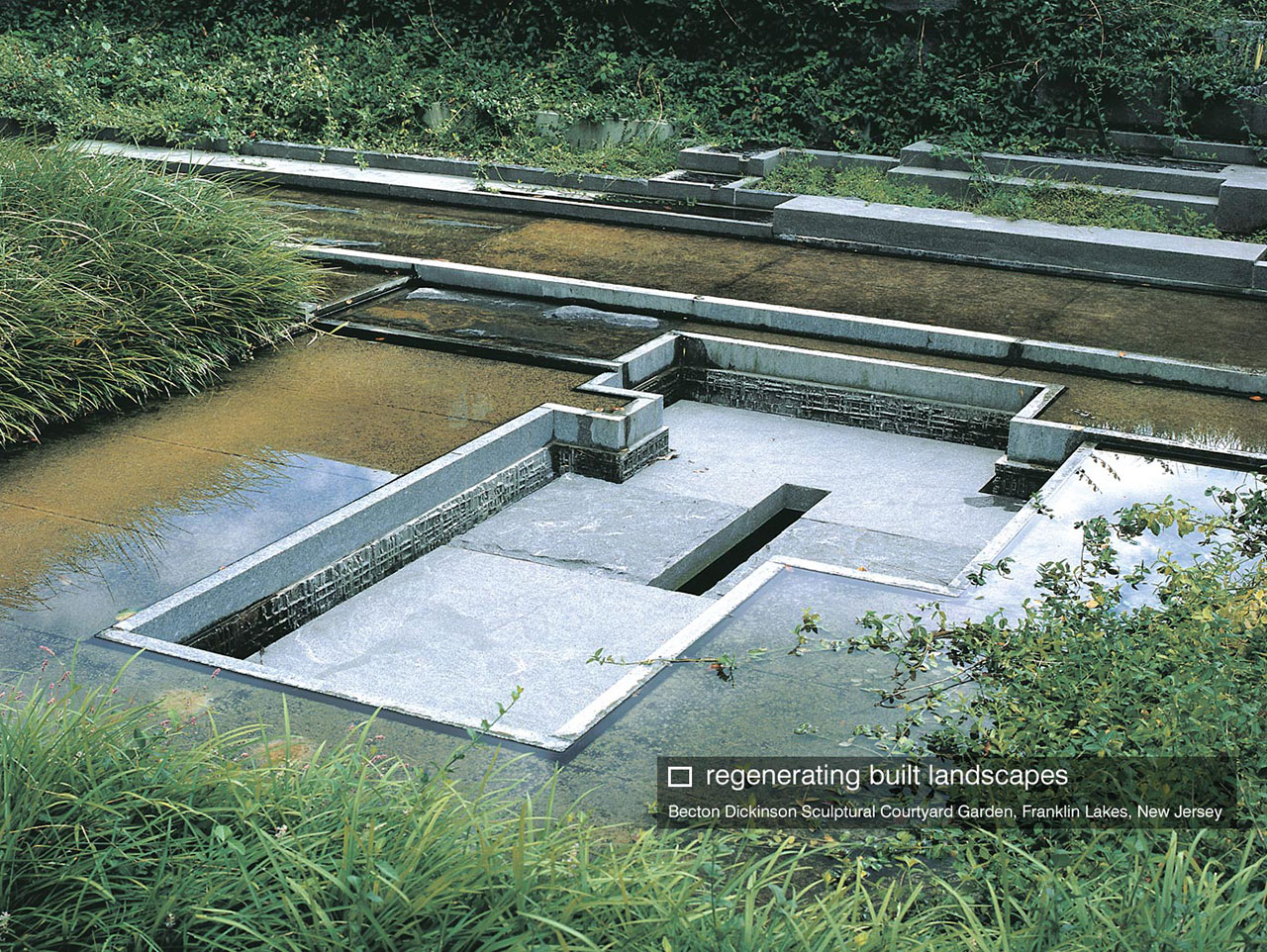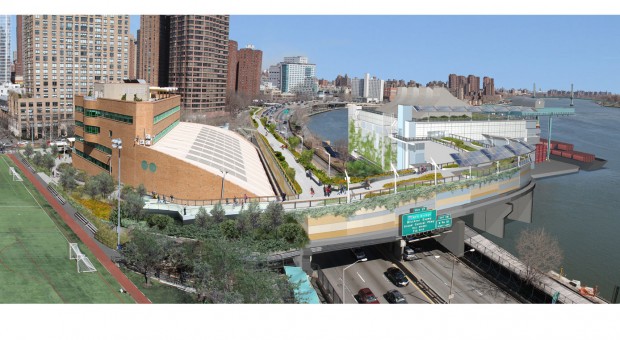
Michael Singer Studio, in collaboration with Asphalt Green, GNA, Sam Schwartz Engineering and others have released the Vision Study for the 91st Street Marine Transfer Station in Manhattan. The Vision for the East 91st Street MTS is based on two main goals :
1. Mitigating direct and indirect environmental impacts on Asphalt Green, adjacent parks, and the surrounding community through relocating the truck ramp and enhancements to the truck ramp, the MTS facility and facility operations.
2. Leveraging this infrastructural investment to create a state-of-the-art civic space with public park land and recreational amenities on top of the MTS and its truck ramp.
The project has been recently covered in the New York media here and here.
It is worthwhile noting that the Vision Study for the East 91st Street MTS is much more than adding public parks on top of the truck ramp and the MTS building. Here are a few highlights of the study:
1. Over 8 different possibilities for relocating the truck ramp have been examined, 2 are presented in this Study including one option that moves all truck access away from local roads.
2. The “Highline” concept is much more than a park. The park space sits atop a truck ramp enclosure that mitigates local air and noise pollution, odors and visual impacts.
3. Proposed improvements to the MTS facility include numerous air pollution and odor mitigation strategies that are not currently planned for the MTS.
4. The Study examined cost savings (from the City’s own Office of Management and Budget) to offset the costs of these proposed enhancements.
5. The Study includes numerous strategies for reducing air pollution and other environmental impacts from the trucks and equipment utilized in the facility.
6. The Study proposals utilize the same general footprint and structure of the MTS facility that is currently in construction in an effort to control costs; there is also a proposal for making the MTS smaller at a cost savings of over $50 million, with no impacts on the day-to-day functionality of the facility.

